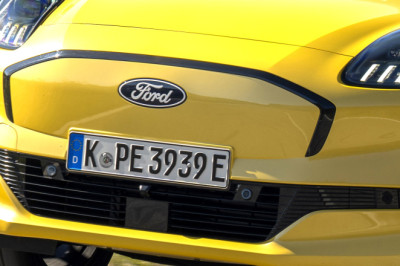
So Genius It Makes Modern F1 Look STUPID!
In Formula 1, innovation is king, but sometimes, it gets crushed by politics and fear. The Lotus Type 88 is one of those legendary tales where genius threatened to change the sport forever—until it was banned before it even got a chance to race.
This wasn’t just any F1 car from the 1980s. It was a radical design with two chassis working in harmony instead of one. Imagine two cars stuck together, each doing a different job: one held the driver and engine on a soft suspension to smooth out bumps, while the other carried aerodynamic parts on a stiff setup, hugging the track perfectly. This clever split solved a huge problem at the time—how to keep the car glued to the track for maximum downforce while still giving the driver a manageable ride.
The story starts with ground effect, a discovery that sucked cars onto the track with incredible force. To keep that effect working, cars needed ultra-stiff suspension, which made racing brutal for drivers. Lotus’ Peter Wright figured out you couldn’t have both a soft ride and a rigid aero platform with just one chassis—so he proposed two chassis instead. It was genius.
The Lotus Type 88’s twin chassis system passed regulations on paper, but other teams saw it as a threat. After impressive tests showing the car's potential, rival teams protested aggressively, fearing their own hard work would be wasted. The governing body ruled that while legal by the letter, the car violated the spirit of the rules and banned it.
The car’s technology didn’t end there. It featured one of the first carbon fiber chassis, long before it became standard in F1. The innovation solved major structural problems but couldn’t escape the politics of the paddock. While Lotus fought hard, legal battles drained their energy and resources. The rebellious Type 88 was shelved, and Colin Chapman—F1’s great innovator—never fully recovered before his untimely death.
The Type 88’s story is a stark reminder of how politics can stifle innovation, even in the fastest sport on earth. It sparks one tantalizing question: What if they had let it race? Could it have changed the course of F1 forever?














